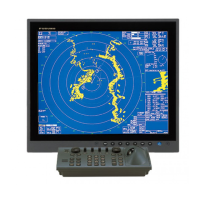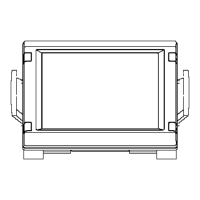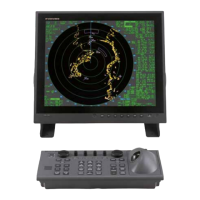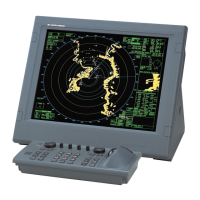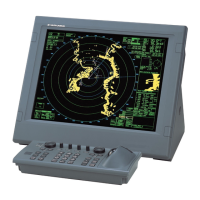How to fix incorrect orientation of picture on Furuno Marine Radar?
- AAndrea GonzalezSep 7, 2025
If the Furuno Marine Radar has incorrect orientation of picture, the HDG SIG MISSING message appears when the heading pulse is not received during transmitting. Also, replace the gyro interface.




